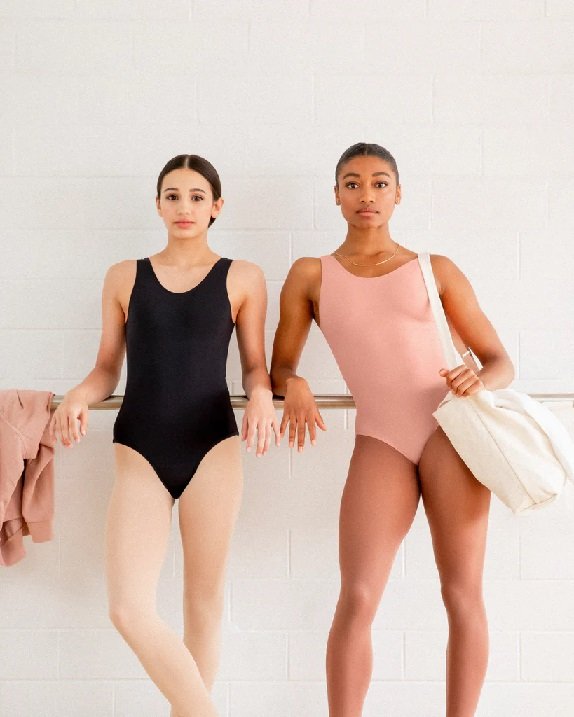Selecting the right leotard is crucial for anyone engaged in dance, gymnastics, or other athletic activities where movement and comfort are key. Therefore, this guide provides an in-depth look at how to choose the best leotard for women, ensuring a perfect fit, style, and functionality. Understanding its nuances can significantly enhance performance and confidence for professional use or recreational activity.
Understanding The Styles
1. The Classic Cut
The classic cut bodysuit is a timeless piece that offers simplicity and elegance. With a traditional scoop neck and back, this style is suitable for all body shapes, providing a comfortable fit without compromising on aesthetics.
2. Camisole Leotards
For those seeking a more delicate, feminine look, camisole leotards are the go-to choice. They feature thin straps and often come in various necklines, such as V-neck or sweetheart, adding a touch of grace to the wearer’s appearance.
3. Long Sleeve Leotards
Ideal for cooler environments or for those who prefer more coverage, long-sleeve leotards offer full arm protection. They are also popular for gymnastics and rhythmic gymnastics, providing a sleek, streamlined silhouette.
4. Halter Neck Leotards
Halter neck leotards are designed for those who want to make a statement. They typically have a higher neckline with straps that tie behind the neck, offering a unique style that stands out in performances.
Material Matters
When it comes to leotards, the material is as important as the style. The right fabric affects the look, comfort, and durability.
1. Cotton Blend
Cotton blends are known for their comfort and breathability. Ideal for long rehearsal sessions, they keep the skin cool and allow for easy movement.
2. Lycra and Spandex:
For a more form-fitting that moves with the body, Lycra and spandex are the preferred choices. They provide excellent stretch, making them perfect for high-intensity activities.
3. Mesh and Lace Accents
Leotards with mesh or lace accents offer a combination of style and breathability. These fabrics introduce an element of sophistication while also guaranteeing the wearer’s comfort.
Fit and Comfort
Choosing the right size is essential in finding a leotard that offers both comfort and support. A well-fitting one should hug the body snugly without restricting movement. It’s important to refer to sizing charts and, if possible, try on different sizes to find the perfect fit.
1. Check for Gapping
Ensure there are no gaps, especially around the shoulders and back. A body suit should fit like a second skin.
2. Test the Stretch
Move around in it to test its stretch and flexibility. Perform a variety of movements to ensure the fabric moves with the body and doesn’t constrict any motions.
3. Comfort is Key
Remember, a bodysuit should feel comfortable throughout extended wear. It shouldn’t dig into the skin or cause any discomfort.
Color and Design
The color and design of a bodysuit can express personality and style. While black and other neutral colors are classic and versatile, vibrant hues and patterns can make a bold statement.
1. Classic Colors
Black, navy, and burgundy are timeless and work well for a variety of occasions, from rehearsals to performances.
2. Bright and Bold
Bright colors and unique patterns can boost confidence and make a performer stand out. They are ideal for showcasing individuality and flair.
3. Consider the Occasion
It might be advisable to choose more subdued colors for auditions or competitions, whereas classes and rehearsals offer the freedom to experiment with bolder designs.
Conclusion
Selecting the perfect leotard for women involves a balance of style, comfort, and functionality. Therefore, by understanding different styles, materials, and the importance of a proper fit, individuals can make informed decisions that enhance their performance and comfort. Remember, the ideal suit is one that feels like a second skin, allowing for effortless movement and self-expression. Whether for dance, gymnastics, or everyday wear, the right one can make a significant difference in both confidence and performance.










